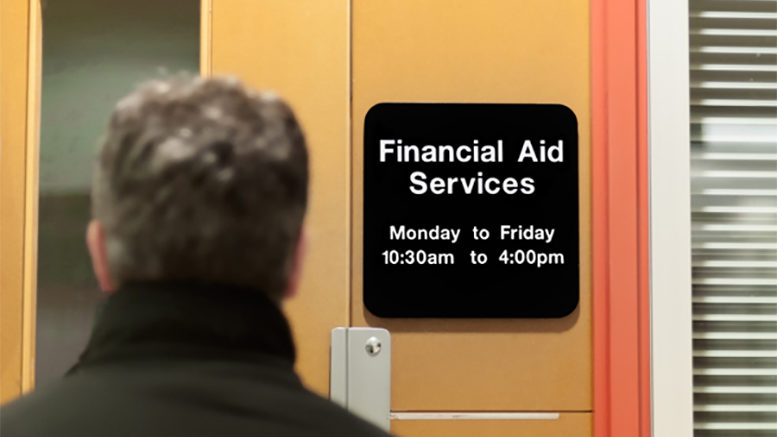New data from the U.S. Education Department (ED) show that community colleges continue to see a decrease in their student loan default rates, yielding the largest percentage drop since 2012, when the department starting tracking repayment over three years instead of two.
Community college cohort default rates (CDR) for fiscal year 2015 dropped to 16.7 percent, a 1.6 percentage point decline from 18.3 percent, according to data released Wednesday. The rate in 2013 was 18.5 percent and 19.1 percent in 2012.
The drop in rates is due to a variety of factors, including improved servicing, more vigorous institutional engagement with borrowers and the improving economy.
Overall, the national default rate for all public higher education institutions in 2015 was 10.3 percent, a decline from 11.3 percent in 2014. Public four-year institutions saw their default rates drop to 7.1 percent in 2015 from 7.5 percent the previous year.
Fewer borrowers
In total, nearly 27,000 fewer community college borrowers defaulted on their loans than the previous cohort. And community college defaulters accounted for a smaller share of all defaulters, 27 percent, compared to 29 percent the previous year.
Institutions with a CDR of 30 percent or more for three consecutive years may lose their eligibility for both Pell grants and loans. Seven institutions, including a community college that is expected to file a successful appeal and a tribal technical college, are on this list. The others are proprietary schools and a theology university.
Institutions that fail this threshold for two consecutive years must submit to ED a default prevention management plan. Institutions with a CDR above 40 percent in a given fiscal year can lose their federal loan eligibility. No public institutions were on this list.
Institutions may appeal their official CDR on several grounds, including erroneous data used for the CDR calculation, a loan servicing issue and a small number or percent of borrowers.
On the legislative front
Legislation to reauthorize the Higher Education Act (HEA) that both sides of the aisle have proposed include provisions to alter or replace the CDR as an accountability measure, either to apply to the institution or individual programs. An example of the latter is in the PROSPER Act, a GOP bill that the House Education and the Workforce Committee approved last December. It would establish programmatic loan repayment thresholds.
The American Association of Community Colleges (AACC) has long advocated for revising the CDR. Specifically, it supports including in the CDR the percentage students borrowing. (Community colleges have a low borrower rate of 13 percent, down from 17 percent four years earlier, and compared to 36 percent across higher education). This concept is included in the House Democrat’s HEA bill (H.R. 6543).
Contributors to this article include CCDaily Editor Matthew Dembicki and Jolanta Juszkiewicz, director of policy analysis at AACC.





